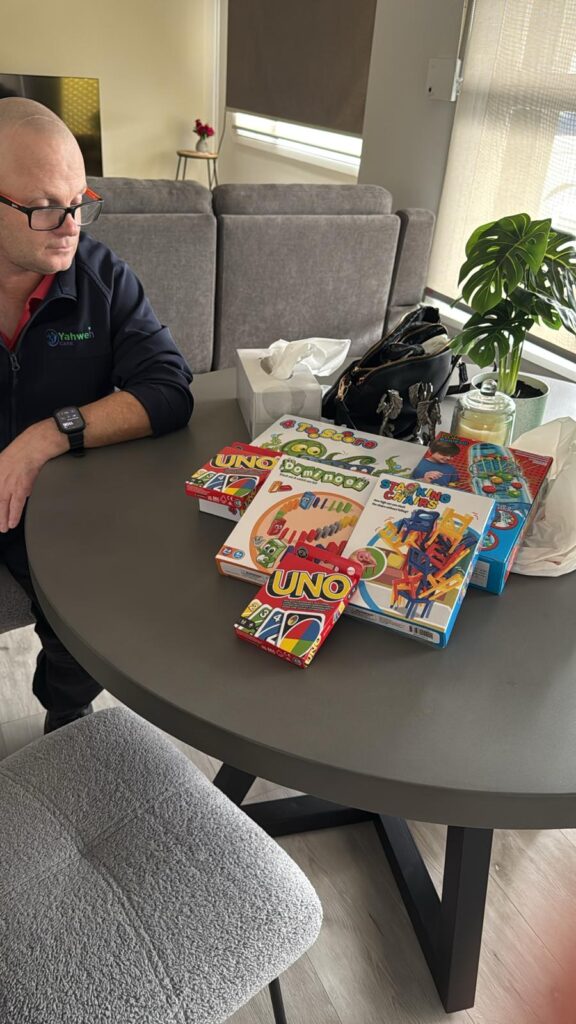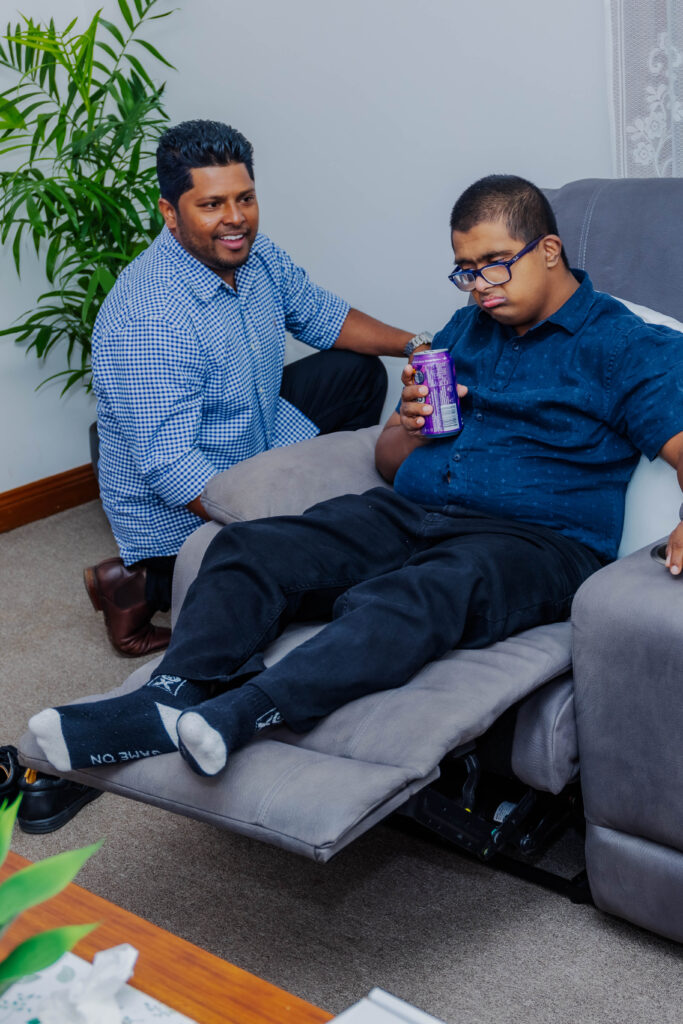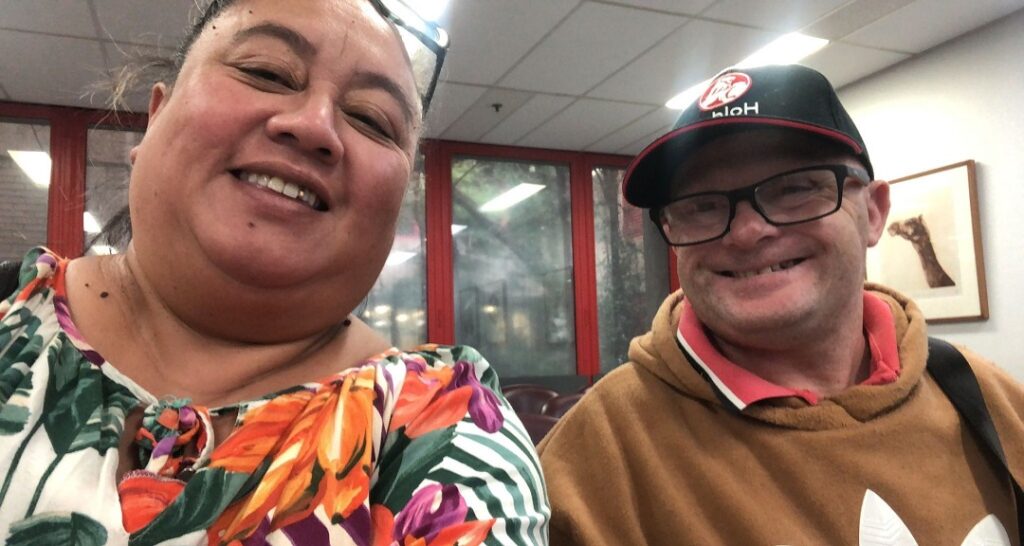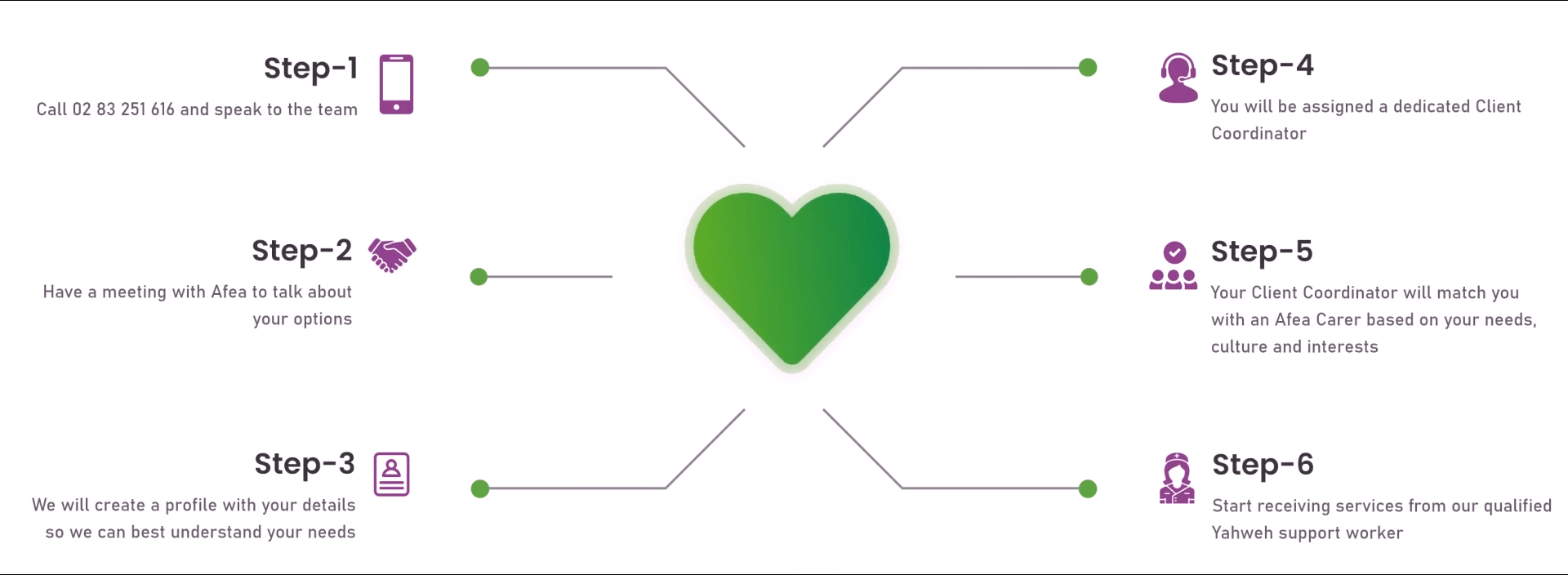SWITCH TO YAHWEH CARE
Providing care and holistic approach to NDIS participants aiming to create opportunities for you to live your best life.
Contact UsYou’ve likely come across the term Specialist Disability Accommodation (SDA). That’s perhaps you or someone you care for lives with a disability. Then it is worth noting that the SDA is part of the National Disability Insurance Scheme (NDIS) that aims to help people with high support needs.
But what exactly is SDA? Do you apply for SDA eligibility? How can you access it? This guide will walk you through everything you need to know.

If you can be supported in a regular home with some help, you probably don’t need SDA. However, if your needs are more complex, then SDA might be essential.
But then again, not everyone on the NDIS is eligible for SDA. It’s reserved for a small percentage of participants with very high needs.
Typically, this includes people who:
To qualify for SAD, you’ll need to demonstrate that SDA is a “reasonable and necessary” support. You also need to have SDA funding included in your NDIS plan. Unfortunately, the NDIS won’t automatically approve it and you’ll need strong evidence.
In summary, it’s a process, but one worth pursuing if SDA is right for you.
Here’s what helps your case:
SDA properties fall under grouped design categories and these depend on your very high support needs. Your therapist and support local area coordinator can help match the right type.
Moreover, each category matches different needs such as the following:
For people with extreme functional issues with sensory, cognitive, or intellectual, they need a more accessible and safer environment. Thus, SDA homes is the best choice.
These homes often feature improved lighting, and sometimes have assistive technology to support wayfinding and communication.
Individuals with significant physical disabilities need high levels of mobility assistance. Since SDA homes include features like step-free entry, wide doorways, and adjustable benchtops, they can live safely. Additionally, SDA houses offer accessible bathrooms with hoists or rails.
Hence, every part of the home allows disabled people to move around safely and independently.
SDA is significant for people with very high mobility needs who require specialized equipment or support for daily living. Because of their impairment, they require structural support. These include support for ceiling hoists, backup power for essential medical equipment, and as well as advanced home automation systems.
NDIS participants with complex behavioural needs require SDA. Because of their very high levels of stress, sensory sensitivity, the risk of property damage is high. Therefore, their homes should use durable materials.
Additionally, it should have secure windows, better soundproofing, and have breakout spaces to create a calm and safe environment.

SDA serves a purpose. Obviously, you don’t just live in the home. Instead, you have the power to control your environment, feel safe, and move around freely.
Here’s what sets it apart from other housing:
As for financial advantage, it’s noteworthy to know that SDA dwelling rent is heavily subsidized by government agencies. Your NDIS plan covers the rest of the reasonable rent contribution and directly pays the SDA providers. Hence, you don’t need to worry about negotiating for a pay rent or subsidies because it’s all built into the system.
You’ll usually pay includes 25% of your Disability Support Pension, plus part of your Commonwealth Rent Assistance.
Clearly, there’s no simple “apply now” button if you want to acquire an SDA. That’s because it can take time. However, a solid application makes a big difference. If you want to apply, here’s it’s a structured process:
Start by having a clear conversation with your support coordinator or NDIS planner. From there, honestly discuss your housing needs and challenges in your current living situation. Support coordinators can help you understand if SDA is suitable for you.
Also, they will guide you through the next steps in the application process.
Speak with allied health professionals like occupational therapists or physiotherapists who understand your daily support needs. They can assess your functional capacity and provide detailed reports. These include explanation as to why SDA is essential for your safety, independence, and wellbeing.
Once you have your reports and evidence, you’ll need to complete and submit a Home and Living Supports Request to the NDIA. This form outlines your current situation, and your goals. It answers as to why SDA is a reasonable and necessary support for you.
After submitting your request, the NDIA will review your evidence and decide for your SDA funding eligibility. This process can take several weeks or months, so it’s important to stay in touch with your planner and respond quickly if they ask for more information.
Note that the timelines vary. From the start of assessments to getting into an SDA property, expect 6–12 months or more. Furthermore, delays can happen. That is especially if reports are incomplete or the NDIA asks for more evidence.
It would be best to stay proactive. Follow up with your support coordinator and ask for help if you’re unsure.

Evidently, SDA is a game changer for disabled people who need more than just a place to live. It gives you the chance to live independently, safely, and with dignity.
If you think you may qualify, start talking to a support team today. Get the reports, ask the questions, and don’t settle for unsuitable housing.
You can contact Yahweh Care for assistance. Their professional team can accompany you to better understand your NDIS plan. They will help you in the process of obtaining the best SDA offer.
Yahweh Care dedicates its services to bringing you the best. That’s because it believes that the right home can change everything.
Providing care and holistic approach to NDIS participants aiming to create opportunities for you to live your best life.
Contact Us


